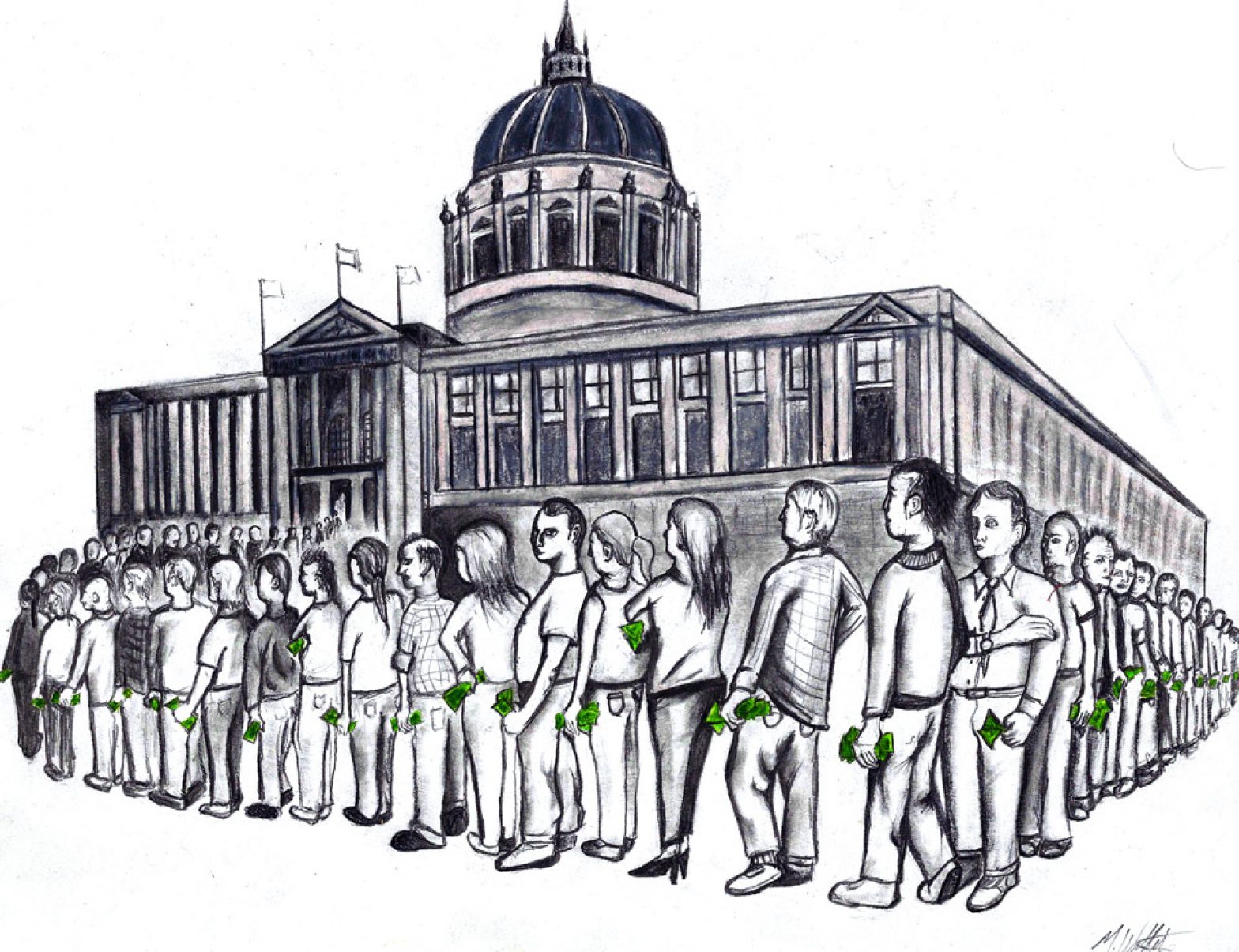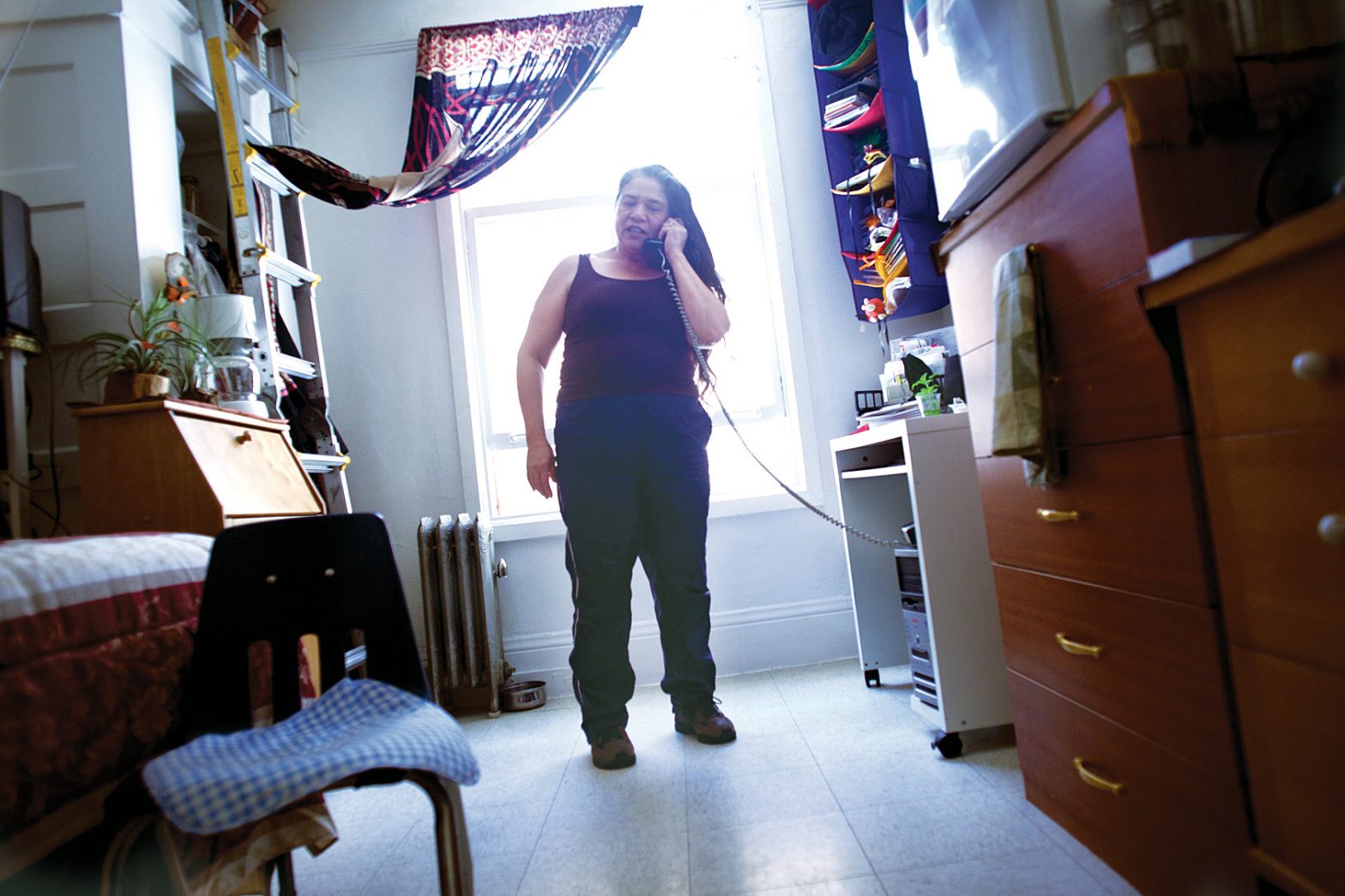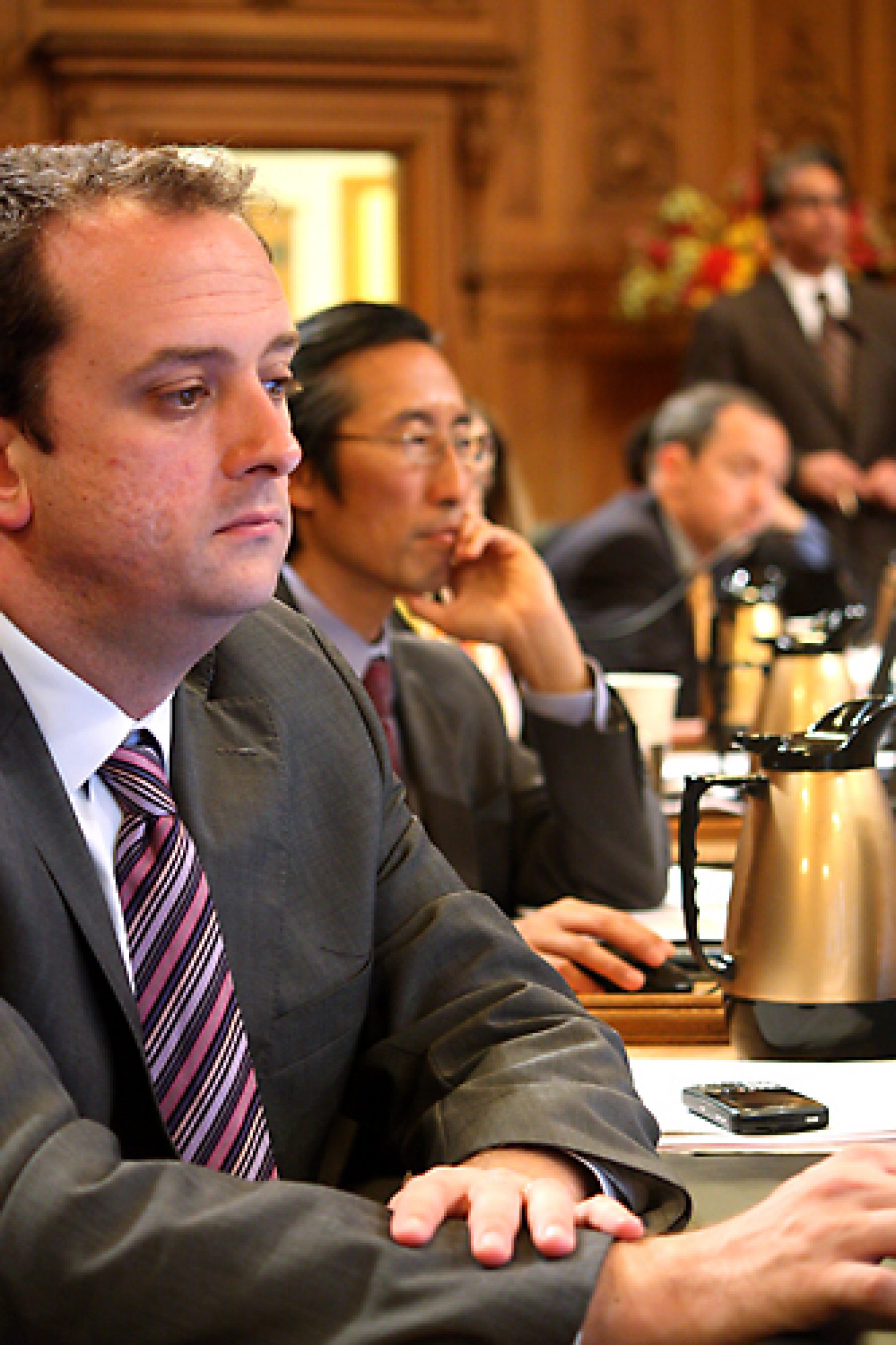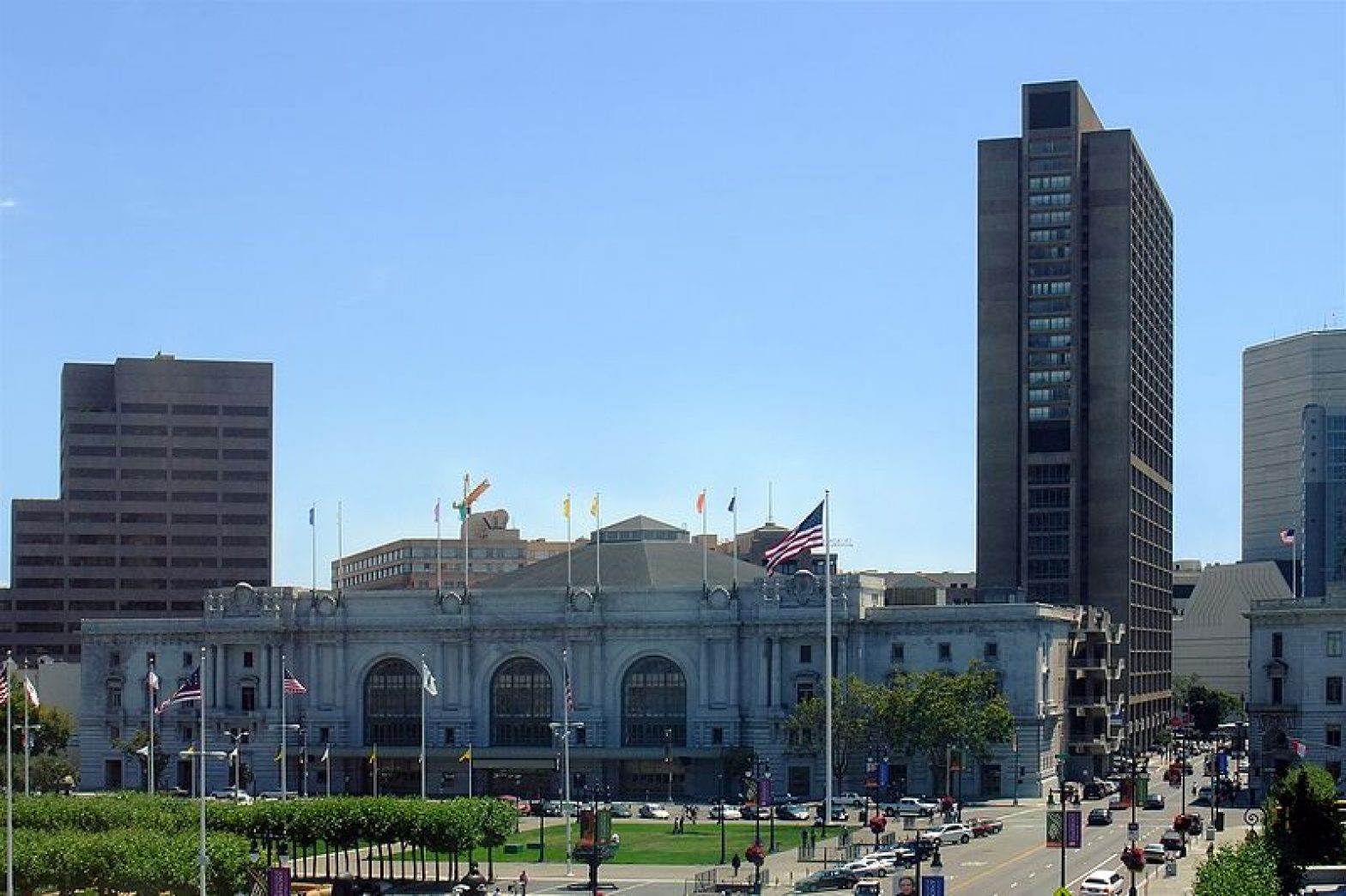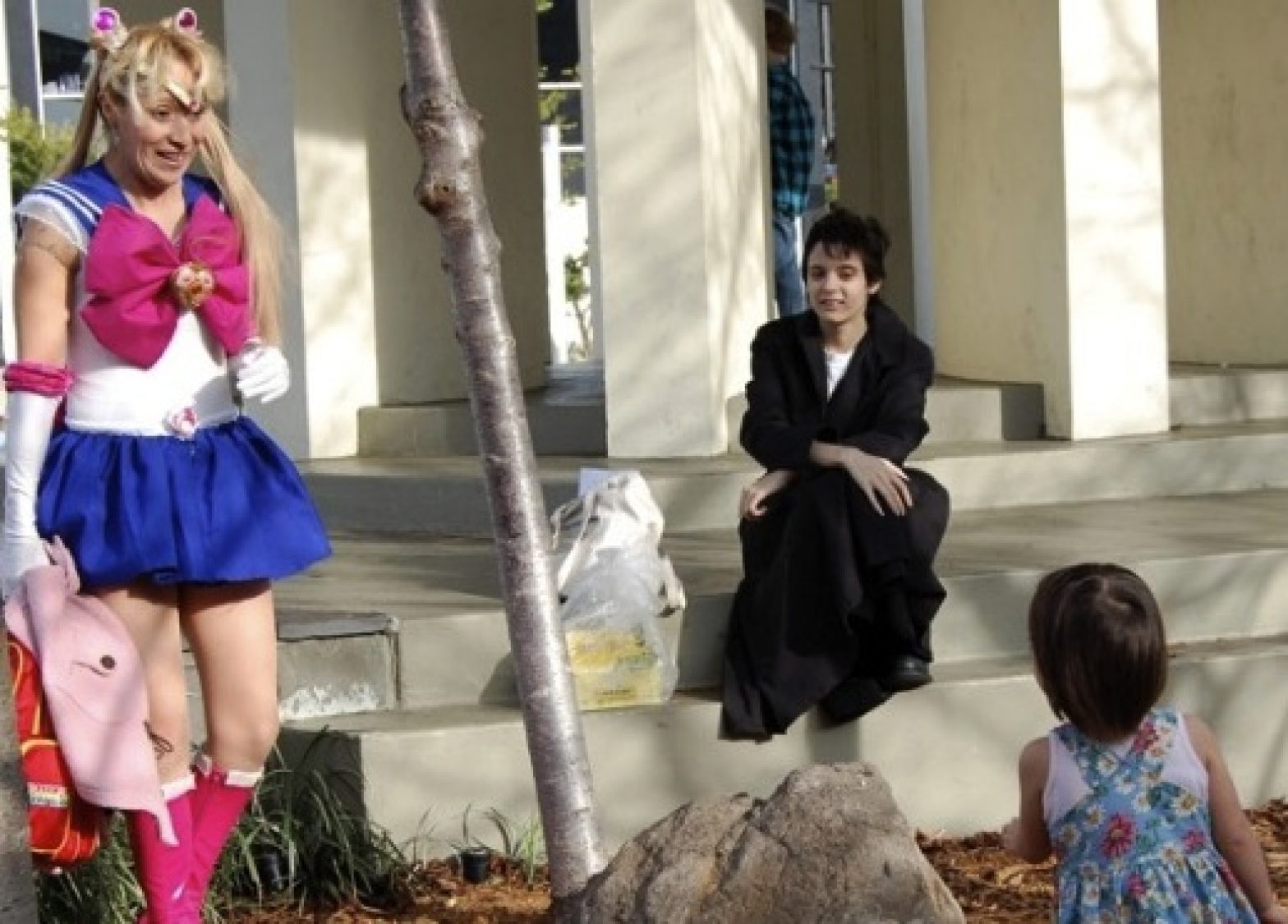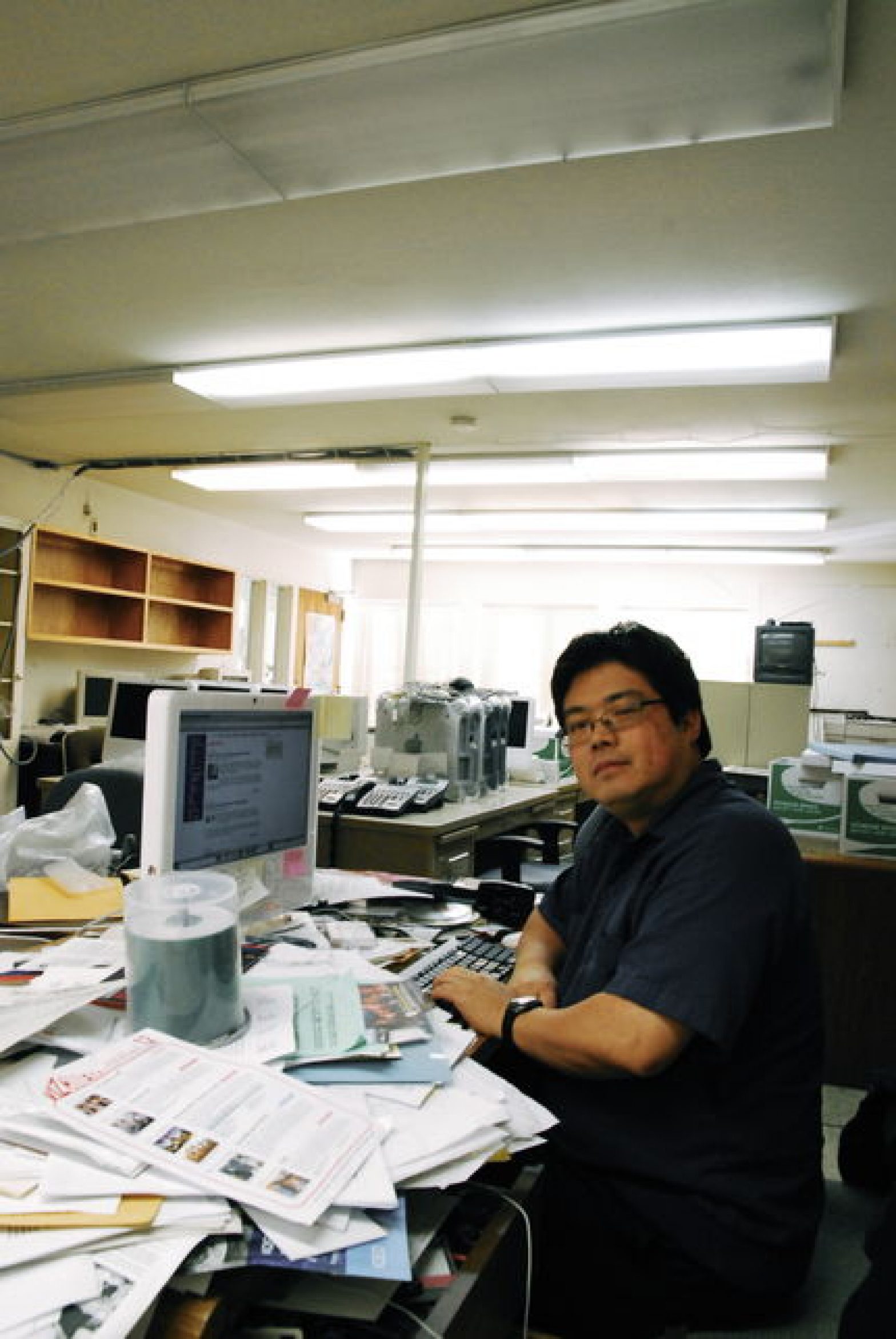News
SF finds revenue under every rock
From the mundane to the taboo to the absurd, city leaders hike any fee they can think of to balance city budget
The cost of living and doing business in San Francisco increased this year in hundreds of little ways.
Though they didn’t garner as much attention as the city’s massive budget cuts, a series of new and increased fees emerged from the Board of Supervisors from late May to early July. The goal was to generate revenue beyond taxes, reducing city departments’ reliance on an anemic general fund.
The following list was compiled from records from the board. It includes all new and increased fees introduced with the 2010-11 fiscal year. The supervisors enacted more than 400 fee hikes, some for rare activities with small constituencies, such as hosting a masked ball or shooting off a cannon. (Seriously.)
